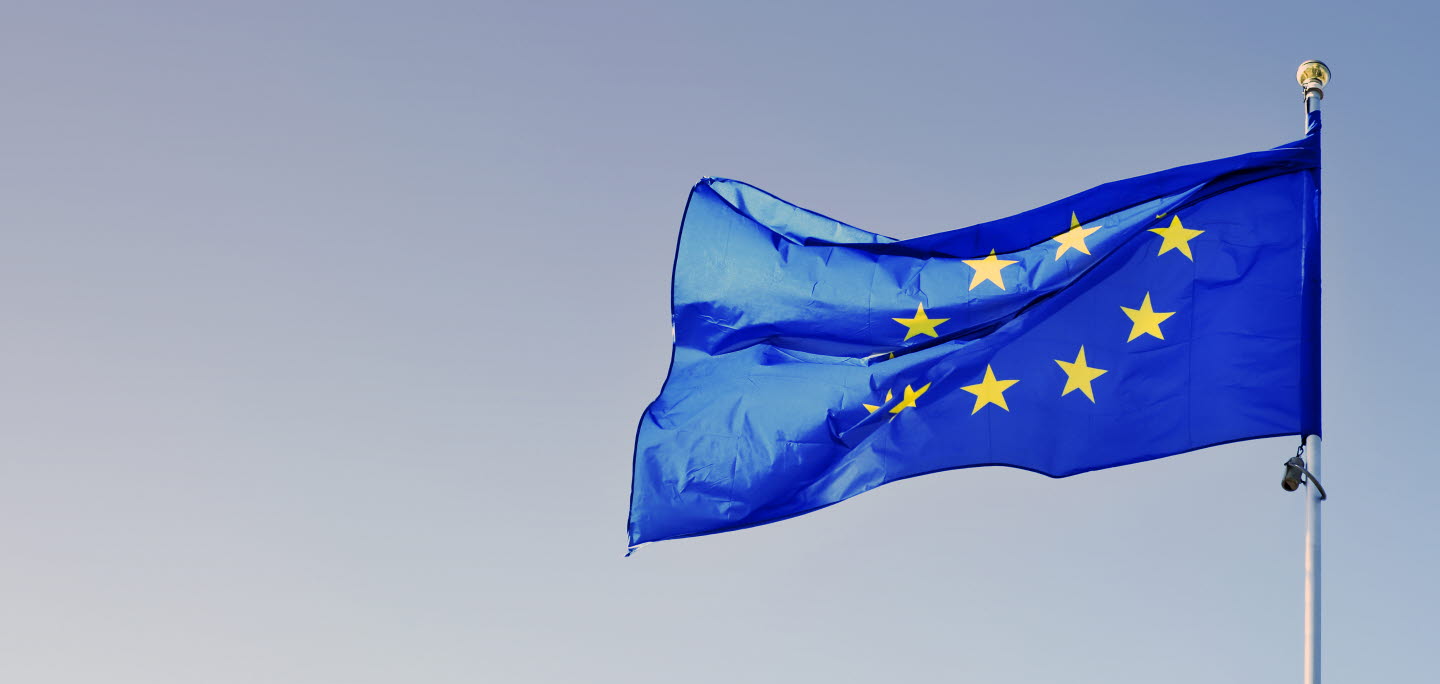1995 - Sweden signs the Maastricht Treaty

After the referendum on EU membership, Sweden signed the Maastricht Treaty. One important part of the treaty was that states would commit to giving their central banks an independent status. The central banks should stand above political influence and central government would not be permitted to borrow from them.
The background to this part of the treaty was the conviction that economic policy would work better with an independent central bank, rather than a subordinate one. This new opinion became an important element of the new agreement on an economic and monetary union that the Member States of the European Community (EC) agreed upon in 1992.
The Riksbank’s independence had evolved gradually. In Sweden, the Riksdag decided on a new Sveriges Riksbank Act in 1987, and this entered into force in 1989. On a couple of points, this meant that the Riksbank’s independence increased. For example, the Government lost its right to appoint the Chairperson of the General Council, which had been one of the decisive issues of the reform of 1897. Instead, the seven members appointed by the Riksdag would select a Chairperson from among themselves. In addition, these seven would appoint an eight member, the Governor of the Riksbank, whose mandate was extended from three to five years. This extended mandate period also gave the Governor a stronger position.
As Sweden had decided in 1995 to apply for membership of the EC and thereby also to sign the Maastricht Treaty, these changes were insufficient. The entry into force of the Maastricht Treaty would have repercussions for the Riksbank’s entire operations. EU membership became a central reason for a more independent central bank.
